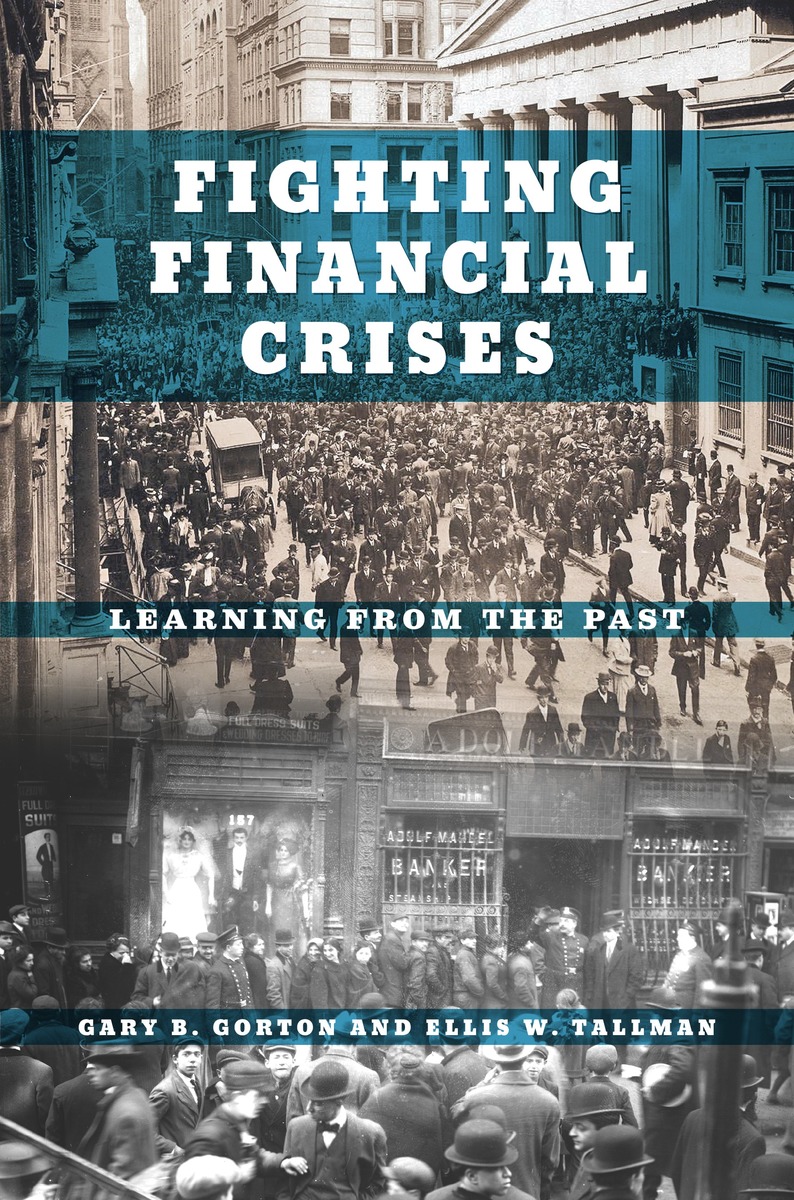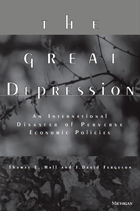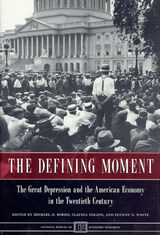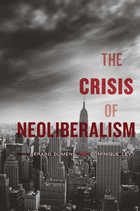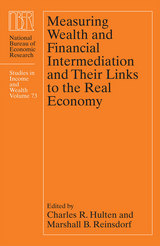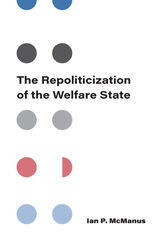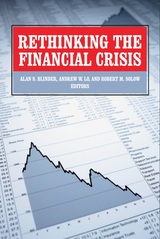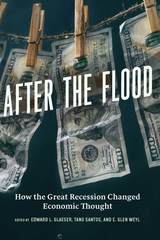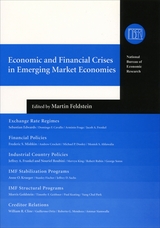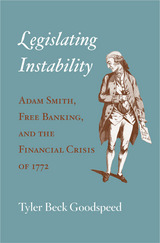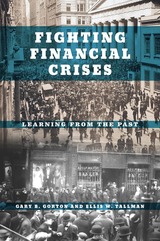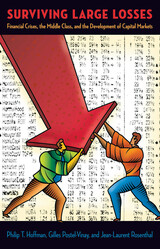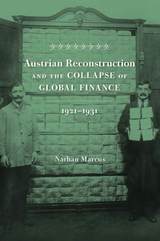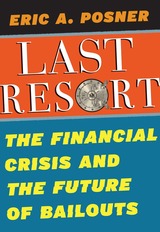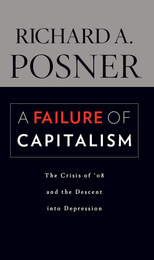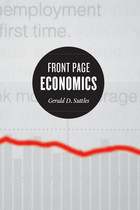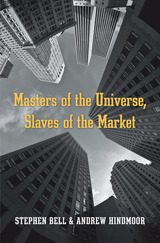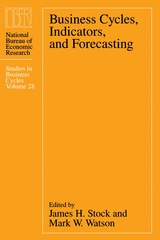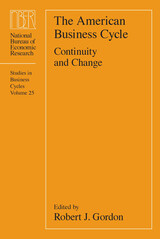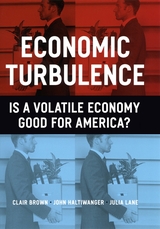Fighting Financial Crises: Learning from the Past
University of Chicago Press, 2018
Cloth: 978-0-226-47951-4 | Paper: 978-0-226-78620-9 | eISBN: 978-0-226-47965-1
Library of Congress Classification HB3722.G673 2018
Dewey Decimal Classification 338.5420973
Cloth: 978-0-226-47951-4 | Paper: 978-0-226-78620-9 | eISBN: 978-0-226-47965-1
Library of Congress Classification HB3722.G673 2018
Dewey Decimal Classification 338.5420973
ABOUT THIS BOOK | AUTHOR BIOGRAPHY | REVIEWS | TOC | REQUEST ACCESSIBLE FILE
ABOUT THIS BOOK
If you’ve got money in the bank, chances are you’ve never seriously worried about not being able to withdraw it. But there was a time in the United States, an era that ended just over a hundred years ago, when bank customers had to pay close attention to the solvency of the banking system, knowing they might have to rush to retrieve their savings before the bank collapsed. During the National Banking Era (1863–1913), before the establishment of the Federal Reserve, widespread banking panics were indeed rather common.
Yet these pre-Fed banking panics, as Gary B. Gorton and Ellis W. Tallman show, bear striking similarities to our recent financial crisis. Fighting Financial Crises thus turns to the past to better understand our uncertain present, investigating how panics during the National Banking Era played out and how they were eventually quelled and prevented. The authors then consider the Fed’s and the SEC’s reactions to the recent crisis, building an informative new perspective on how the modern economy works.
Yet these pre-Fed banking panics, as Gary B. Gorton and Ellis W. Tallman show, bear striking similarities to our recent financial crisis. Fighting Financial Crises thus turns to the past to better understand our uncertain present, investigating how panics during the National Banking Era played out and how they were eventually quelled and prevented. The authors then consider the Fed’s and the SEC’s reactions to the recent crisis, building an informative new perspective on how the modern economy works.
See other books on: 1865-1918 | Financial crises | Government & Business | Learning | Past
See other titles from University of Chicago Press
